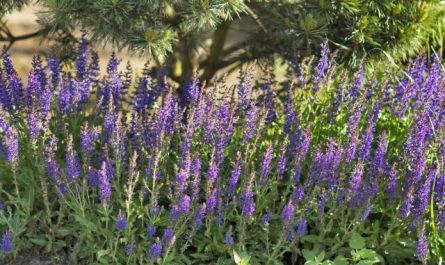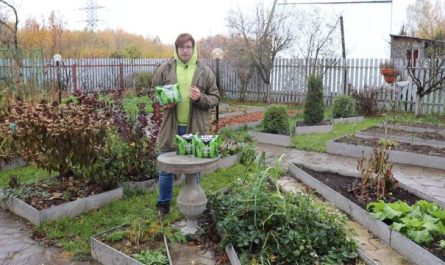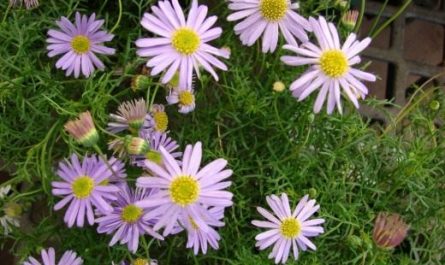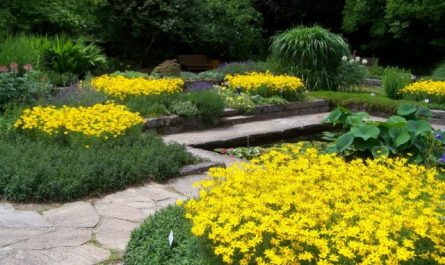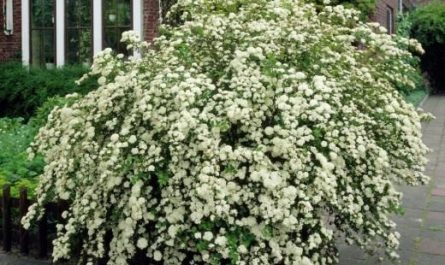Traditionally, an autumn garden is associated with chrysanthemums and a bright outfit of multi-colored foliage. There are not many plants that bloom in the fall, and they are of particular value, because they can help brighten up this slightly sad and often gloomy time. Such an interesting autumn plant as chelone remains unknown to many gardeners, and they miss the opportunity to add the touching beauty of these autumn flowers to the garden. Chelone is not only distinguished by its late flowering, but also by its absolute unpretentiousness. It is worth learning more about this perennial flower.
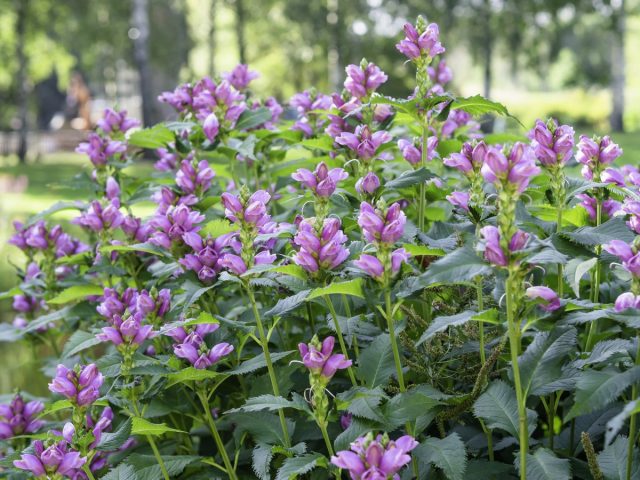
Helone – botanical information
Chelone is a perennial plant that forms upright bushes up to 60 centimeters high. Over time, the plants grow, creating a clump up to 1 meter wide. The leaves are whole, serrated, oppositely arranged, bright green. Quite large flowers (2-3 centimeters) are collected in dense spike-shaped or racemose inflorescences.
The shape of the flower of the chelone is very interesting and slightly resembles the flower of the snapdragon or physostegia. The corolla of the chelone is two-lipped, the upper lip is convex and straight, and the lower one is protruding and dissected into three lobes. The color of the petals is usually pink or white. The flower never opens completely, so it resembles a strange animal or fish with its mouth slightly open.
In the plant’s homeland, locals saw a resemblance to a turtle. That’s why many people call chelone “turtle” or “turtle head”. But the popular names are not limited to this; chelone is also called “shell rock”, “snakehead”, “snake mouth”, “cod head”, “fish mouth” or “bitter grass” in different areas.
The scientific name of the plant is chelone (Chelone) owes its origin to ancient Greek mythology, namely to a nymph named Helona. According to legend, Helona refused to attend the wedding of Zeus and Hera, arrogantly declaring that there was no place like her own home. In response to her impudence, the angry Zeus threw Helona and her home into the river, where she turned into a turtle, who always carries her home on her back.
Helone belongs to family Podorozhianaceae (Plantaginaceae) and is endemic to the United States of America, where it is common in the western and southeastern states. In nature, it prefers to grow along the banks of streams, rivers, lakes on moist soils in light partial shade.
Chelone is very hardy and completely winter-hardy in USDA zones 4 through 8. It begins to bloom from late summer until frost. Each bush blooms for a long period of time – from 3 to 6 weeks, which fully compensates for the fact that in the summer, chelone has no flowers and stands as an inconspicuous bush.
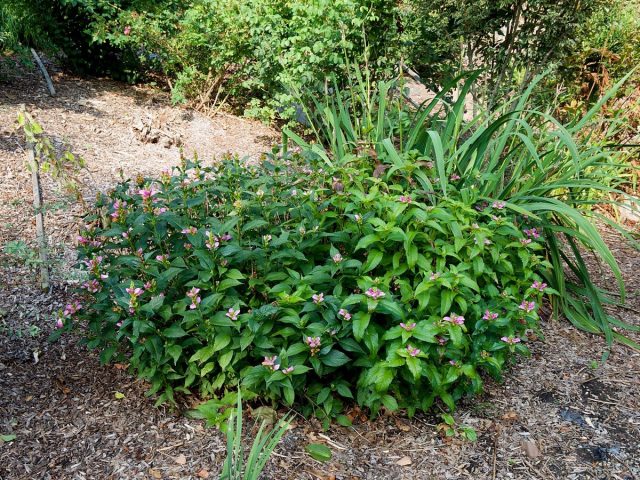
Types and varieties of chelone
The genus Helone includes several species, but most often only one species is found in culture – chelone oblique (Chelone obliqua). This species is usually represented by several varieties, the colors of which vary from light pink to dark pink and red.
The most popular variety of chelone “Pink Flamingo” with large, delicate pink flowers. This plant is more adapted to dry places than most other varieties, growing from 30 to 60 centimeters in height. Another popular variety “Hot Lips” (Hot Lips), has bright pink flowers, red stems and glossy dark green leaves.
Another view is – chelone glabra (smooth) (Chelone glabra), popularly known as “white turtle” or balmonia – can also be grown as an ornamental perennial, but is less common than pink. This species is not as showy as chelone oblique, and has fragrant white flowers on tall erect stems, so it can serve as an excellent accent in flower beds. The most popular variety of chelone naked “Alba” (Alba).
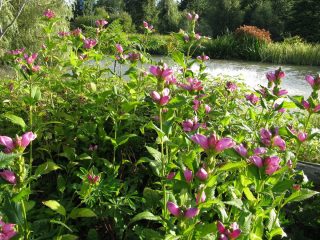
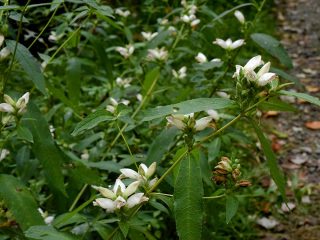
Cultivation and care
Chelone is a common plant of North American forests. But it can be successfully grown in our mid-latitude gardens with minimal care, as it is a very hardy and flexible plant that can adapt to various growing conditions.
Chelone is rarely bothered by insect pests or diseases. However, powdery mildew may develop due to sudden changes in humidity. Maintaining even soil moisture around the plants should alleviate or prevent this problem. Chelone, planted in the right location, usually has few problems.
soil
Chelone prefers moist, rich, slightly acidic soil with a pH of 5,0 to 6,8. But, in principle, it can grow on any sufficiently moisture-retentive garden soil. It does not like dry soil.
Illumination
As a forest flower, chelone feels best in partial shade, but it will grow in full sun if the planting site is constantly moist. Therefore, in full sun it will need regular watering, and a layer of mulch will help keep the soil cool and moist. Helone oblique with pink flowers is considered the most tolerant of strong light.
When planting in deep shade, it may be necessary to install supports to prevent the stems from falling over. In sunny places and in light partial shade, this problem does not arise.
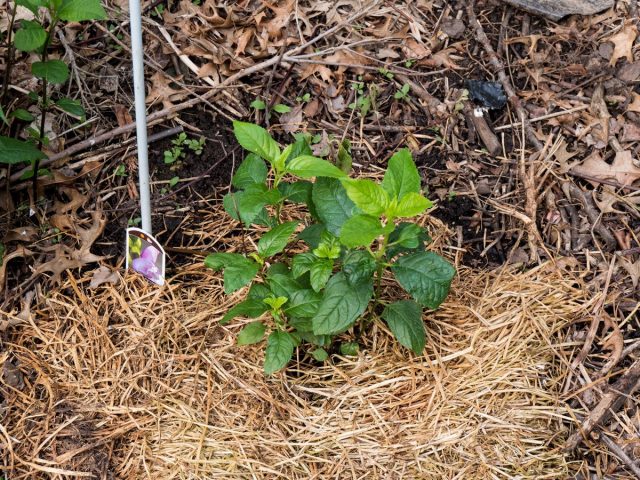
Watering
It is best to keep the soil in the place where chelone grows constantly moist. Particularly important is regular watering under the root or on the leaves with a sprayer while newly planted plants are taking root. But if you arrange regular watering and showers throughout the period of active growth and flowering, chelone will be very grateful to you. Without watering during periods of prolonged drought, the plant may die. The more regular the watering, the better the development and flowering of chelone will be.
Temperature and humidity
These plants prefer mild, moist growing conditions and do not do well in hot, dry climates. In the middle zone, the plants generally feel good. When grown in the south, chelone will require shade and mandatory mulching with a thick layer of leaf mulch or other organic material.
fertilizers
In the first year after planting, the plants are not fed. Subsequently, annual spring feeding with a balanced fertilizer is recommended. On sufficiently fertile soils, you can do without feeding.
Trimming
Once established, pinch the tips of each shoot to encourage it to grow bushier and more densely, resulting in more showy blooms. If mature plants become thin and flounder, trim or pinch the stems in mid-spring. The plant will become more compact and showy.
Since chelone blooms late in the season, there is little need to regularly remove spent flowers, as it will only bloom until the first frost anyway. Therefore, you can leave the spent flowers on the bush and then collect the seeds if necessary.
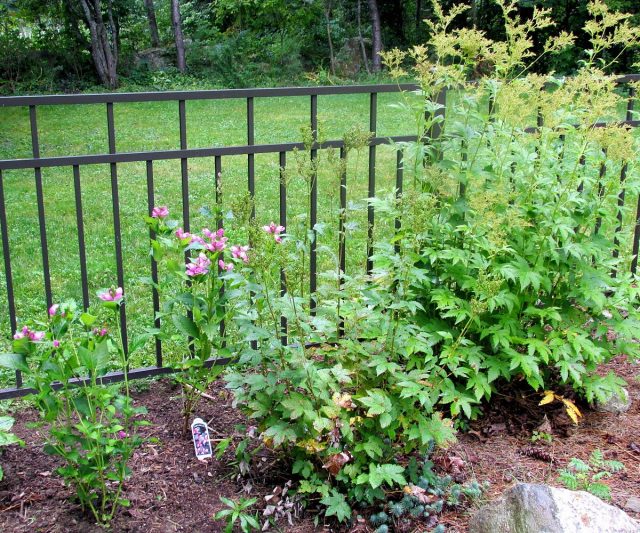
Reproduction of chelone
This unpretentious perennial is very easy to propagate by dividing the bush. In cool climates, division is best done in early spring. In more southern regions, it is best to divide the bushes in early autumn.
Although chelone is most often grown from young cuttings, the plant is relatively easy to grow from seed. The best time to sow chelone indoors or outdoors is spring. Cool-climate gardeners can sow seeds in March on a well-lit windowsill, then transplant the seedlings to their permanent location after the last frost.
Indoors, sow seeds in trays filled with moist, sterile soil. Gently press the seeds into the soil and keep the crops constantly moist. Germination is slow, and the first shoots can be seen after 3-5 weeks, and often after 1,5 months.
Helone seedlings are easy to care for and only require good lighting, watering and occasional fertilizing. After the threat of the last frost, when the seedlings reach a height of at least 12 centimeters, prepare the bed by raking compost into the soil. If the soil is too compacted, add peat moss (sphagnum) for better aeration before planting the seedlings in the garden. Young seedlings should be mulched and watered regularly after planting.
When propagated by seedlings, chelone will bloom in the first year. When sowing seeds in the ground, flowering will begin in the 2nd-3rd year. Chelone does not need frequent transplants and division and can grow in one place for up to 20 years.
Using chelone in landscape design
When everything in the garden is withering, chelone blooms and smells – and this is the main reason why chelone is worth growing. Chelone looks best if it is planted in a natural forest environment in the wild corners of the garden. And if it likes it there, it will gradually naturalize, forming an exquisite clump. Chelone is the queen of shade and will shine in any shady flowerbed. Bog gardens and flowerbeds on the banks of a pond are also suitable for it. This plant can also be planted in a mixborder, provided that the soil moisture requirements are met.
The colors of the chelone flowers combine well with other end-of-season plants such as sedum, eupatorium, and autumn anemones. And since it likes moist soil, it will also be an ideal neighbor for many types of ferns. Other successful partners for chelone are purple meadowsweet, black cohosh, Virginia speedwell, molinia, hakonechloa, changeable knotweed, hosta, bergenia, and others.
The sturdy stems of the chelone stand upright all season long and have rich emerald foliage, so they will serve as a nice vertical accent in any flower garden. Although the plant does not bloom in the summer, it will not take up space in the garden unnecessarily. Its late summer blooms will create a lot of delicious nectar for butterflies, making your garden a favorite place for visiting winged beauties.
Although chelone is most popular as an ornamental garden perennial, it also looks very beautiful in bouquets and is used by florists. Cut chelone flowers will last about a week in a vase.
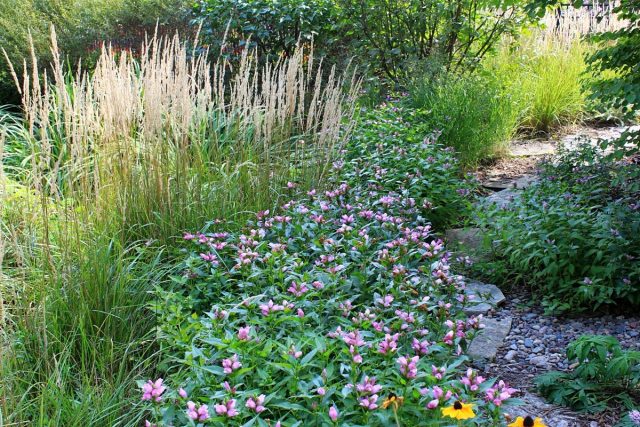
My experience growing chelone
I bought this cute flower from my grandmother at the market, because unfortunately I have never seen it in nurseries or garden stores. At the time of purchase, the plant looked like a twig with bare roots, and I had some doubts about whether chelone would take root in the garden. However, the branch took root very quickly and began to grow, and by autumn it bloomed with large, delicate pink flowers. Then for the first time I saw chelone blooming not in a picture, and its blooming impressed me very much, because it looked very similar to my favorite snapdragon.
In my garden, chelone blooms regularly from late August-early September until frost. The bush is in no hurry to grow, but perhaps the soil is not very suitable for it. In addition, at the moment I cannot provide the plant with regular watering. The chelone grows at our dacha in a shady flowerbed in the company of hosta and astilbe. And since I am a “weekend gardener”, I can only water the bushes once a week.
Sometimes we come to the dacha even after two weeks have passed. If there was a drought at that time and there was no rain, then the chelone looks sad and stands with drooping leaves. However, after abundant watering it quickly recovers. I have not yet encountered pests or diseases of chelone in my garden. Therefore, in general, the plant can be considered unpretentious.
Dear readers! Since I got chelone, I can no longer imagine my autumn garden without these cute, delicate and fragrant “turtle heads”. Helones are hardy, require minimal care and add delicate colors to the landscape at the end of the season. Therefore, you should definitely try to plant such a flower in your garden!


